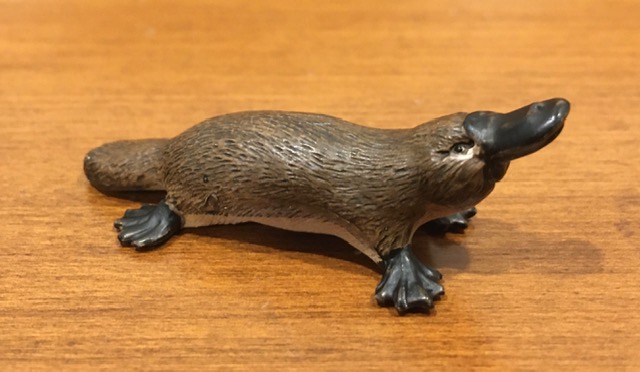
Review and photos by Suspsy; edited by bmathison1972
In 1798, a specimen of a most unusual Australian animal perplexed a great many scientific minds in Great Britain. Some even went so far as to suspect that it was a hoax. And really, who could fault them for being suspicious of a small, furry mammal with a duck-like bill, a beaver-like tail, otter-like feet, venomous spines, and the ability to lay eggs like a reptile?
Read more
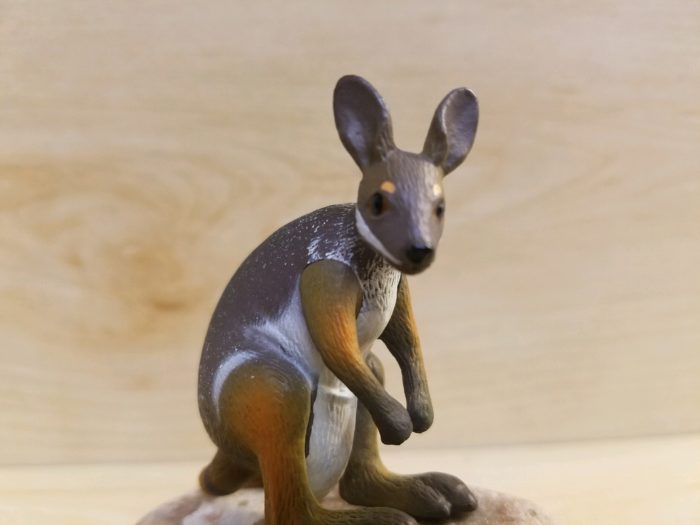
Today we are visiting the yellow-footed rock-wallaby, Petrogale xanthopus, by Science & Nature. The figure was released for the ‘small series’ in their Animals of Australia line this year (2019). Science & Nature is an Australian company that focuses on the fauna of Australia, New Zealand, and surrounding areas.
Read more
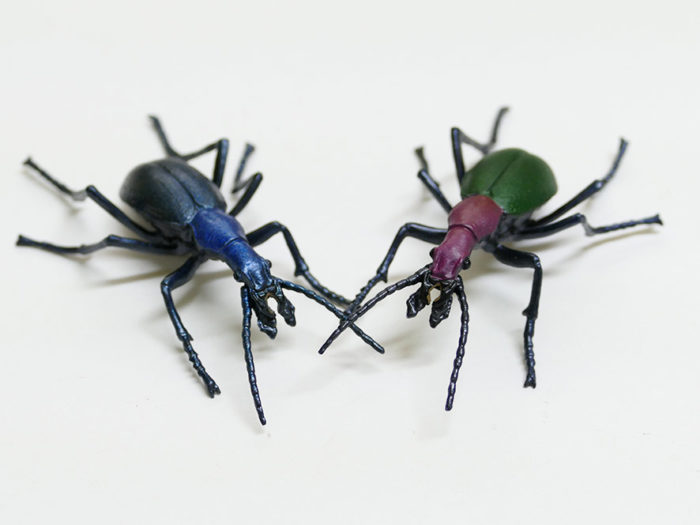
The ground beetles are a large, cosmopolitan family of beetles (Carabidae) with more than 40,000 species worldwide. Many species of ground beetles (adults and larvae being predators of many invertebrates, including various pests) are considered beneficial organisms to humans.
Carabus blaptoides is a species ground beetles distributed in Russia and Japan having many subspecies.
Read more

Review and photos by Suspsy; edited by bmathison1972
Highly intelligent, masterful at camouflage and deception, and capable of compressing and contorting its body in countless ways, the octopus truly is an iconic and incredible creature. And from plush toys to rubber bathtub toys to good old hard plastic toys, it has long been a favourite among children and collectors alike.
Read more

The Japanese Tiger beetle Cicindela chinensis japonica is a subspecies of Cicindela chinensis, a species of ground beetles native to Asia. The real beetles size can reach 2 cm, the figurine is 3,5 cm (not including the legs and antennae).
Kaiyodo released the figurine of this beautiful beetle in their 9th ChocoQ Animatales series line up in 2004.
Read more
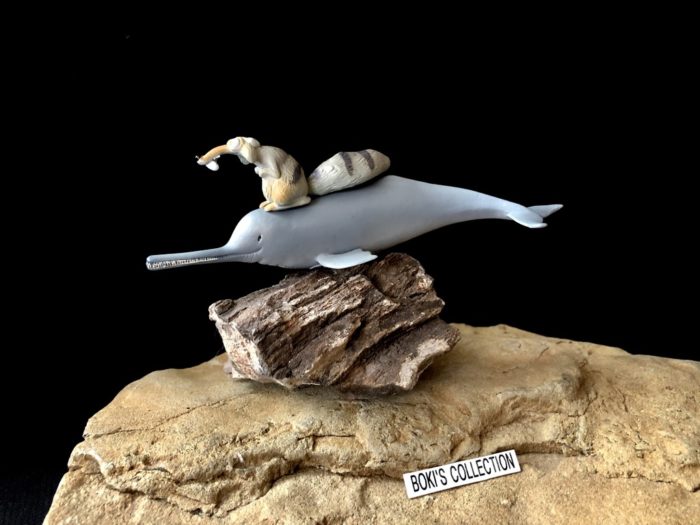
Review and photos by OkapiBoy
Before we leave Mainland Asia, I wanted to make one last detour and check out some of the largest and mightiest rivers in India and Asia.The Ganges, Indus, Yangtze, and Mekong are just some of the largest river systems that flows and crisscross the continent.Here, one would encounter one of the unlikeliest animal swimming around: dolphins.
Read more
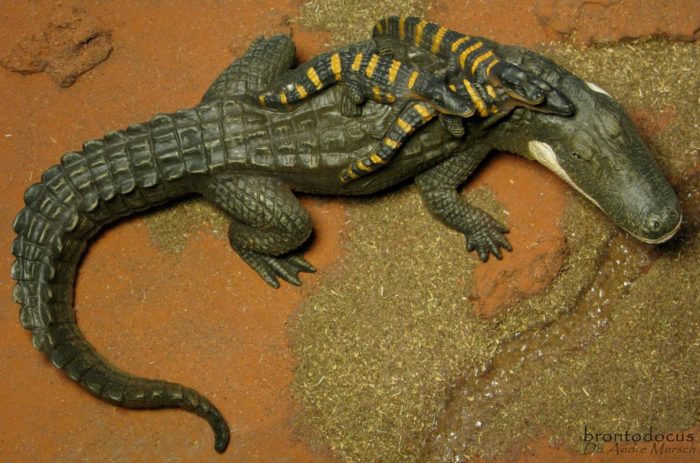
This walk-around covers the Incredible Creatures (American) Alligator with Babies, Alligator mississippiensis (Daudin, 1802). A huge figure, stretched out it would be approx. 481 mm total length and 242 mm snout-vent length. Considering normal adult lengths between 2.5 and 4.4 m (although larger specimens are known) the scale would be between 1:5 and 1:9.
Read more
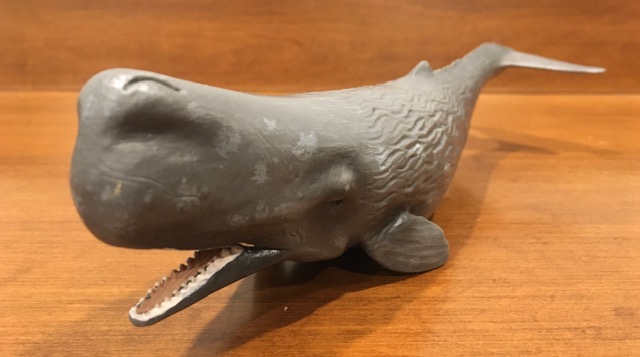
Review and photos by Suspsy; edited by bmathison1972
A truly awesome beast, the sperm whale (Physeter macrocephalus) is the largest of all extant flesh-eating animals, the second deepest diving mammal, the scourge of squid, and the inspiration behind Moby-Dick. Its unusual name is derived from the fact that its head contains a waxy substance called spermaceti, which was originally mistaken for the whale’s seminal fluid!
Read more
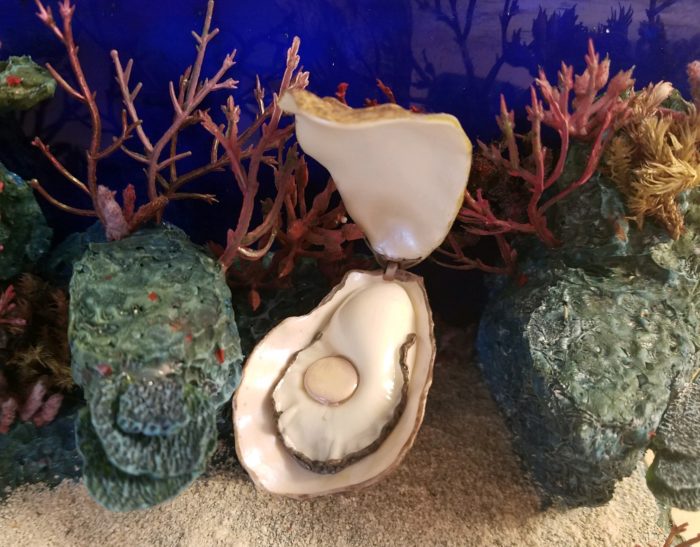
Shortly before the Nature Techni Colour line was taken over by Ikimon, Kitan Club released three sets (volumes) under the title Nature of Japan. Each set features 10 figures representing animals, and in rare cases plants or geological structures, of Japan. Here we visit one of the figures of the first set, the Pacific oyster (Magallana gigas).
Read more
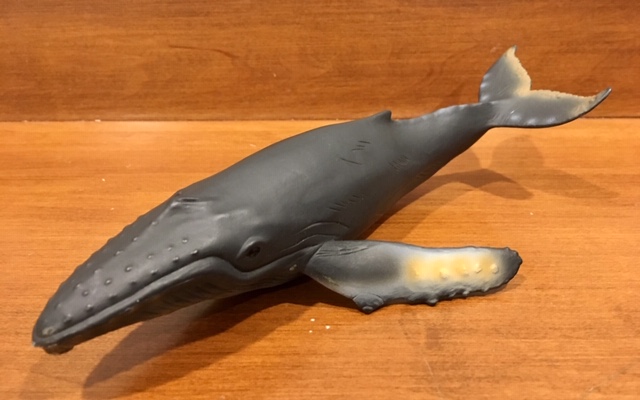
Review and photos by Suspsy; edited by bmathison1972
Between its knobbly head, its enormous flippers, and, of course, its noticeably humped back, the humpback whale (Megaptera novaeangliae) is quite unmistakable. I fondly remember seeing an entire pod of humpbacks on a whale watching trip with my family off the coast of Cape Cod, Massachusetts, way back when I was only four or five years old.
Read more
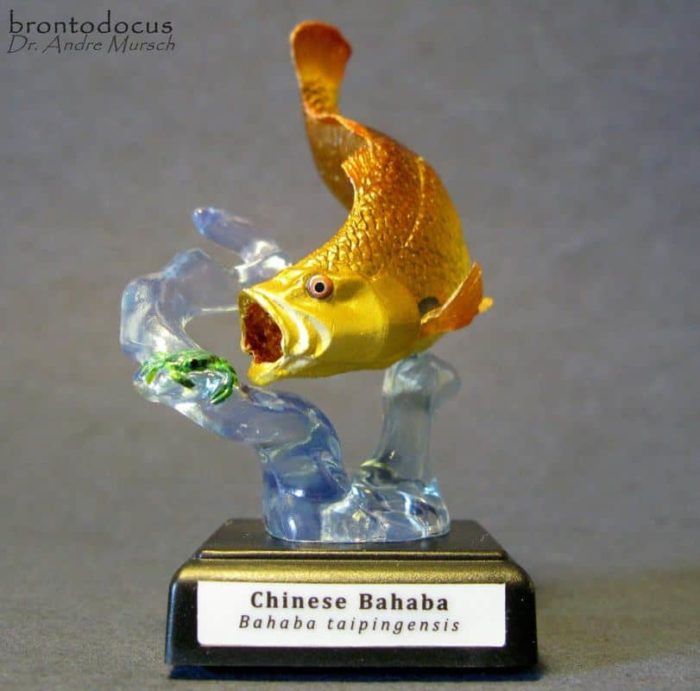
A walk-around of an Aquameridian figure, here is the Series 1 Chinese bahaba, Bahaba taipingensis (Herre, 1932). The model displays a little hunting scene where the bahaba is about to catch a tiny crab (apparently a species of Portunidae due to the long lateral spines of the carapace) by suction feeding.
Read more
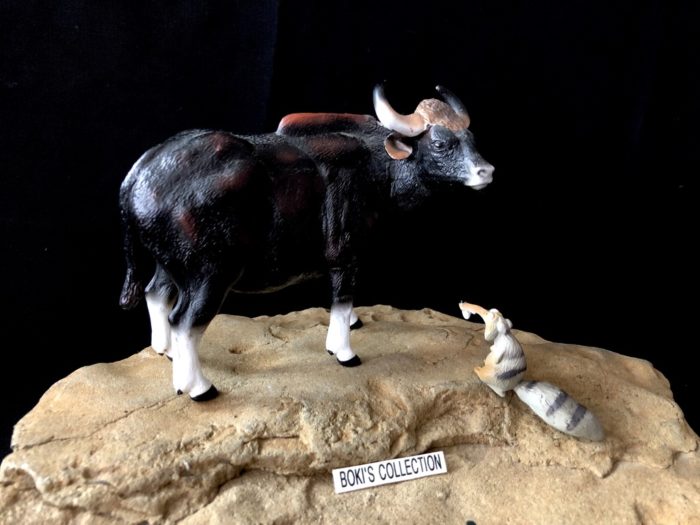
Review and photos by OkapiBoy
On our last review, we explored the deep and mysterious highland forest of the Annamites mountain range where we met one of its rarest inhabitant.Today, we will head down to the lowlands and forest edges to meet another bovine, this time a large one.Tropical rainforest are one of the most threatened ecosystem in the world, and animals that depends on them and call it home are also some of the most endangered.The rainforest of Southeast Asia in particular are hard hit by deforestation and booming human populations that continues to push what remains into smaller and fragmented patches.
Read more















